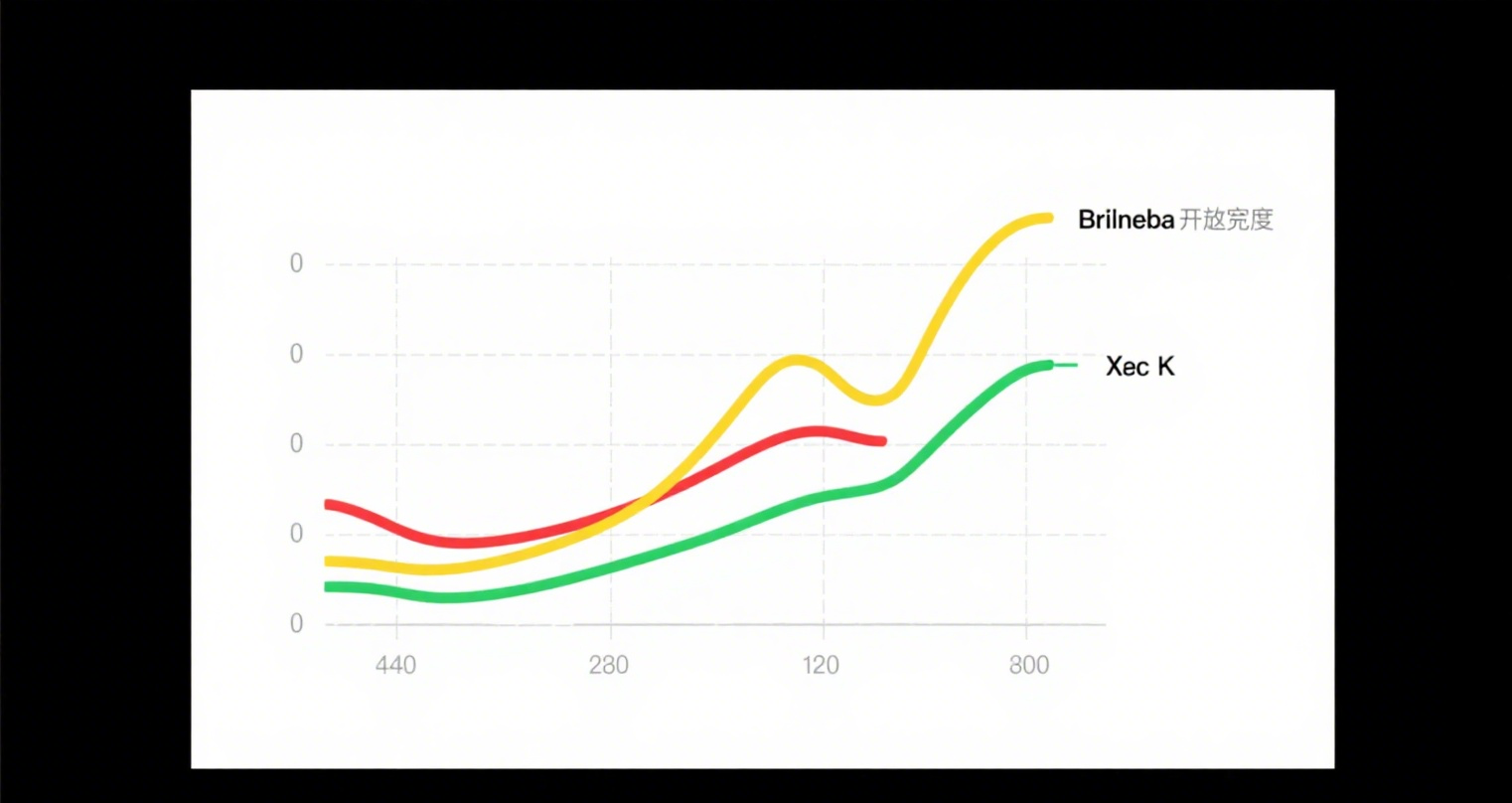
The Three Financial Techniques of Great Investors
Focus on "Two Highs and Two Lows"
The above discusses different financial analysis tendencies across five stages. However, in most micro-investment scenarios, we need to focus on a company’s overall operational capabilities—this is what I call the "Two Highs and Two Lows" method, which I’ve previously introduced and effectively applied.
History shows that companies with steady, even conservative performance often stand out. Their characteristics are summarized as "Two Highs and Two Lows": high core revenue, high gross margin, low management costs, and low three-fee ratio (selling, general & administrative expenses). These four metrics reflect a company’s expansion capability, profitability, management efficiency, and cost control in challenging environments.
If a company maintains this performance for three consecutive years, it indicates strong corporate governance. High-quality companies should possess these traits. About five months ago, Money Weekly and I used this standard to screen 48 "five-star stocks." Looking back now, they have significantly outperformed the market.
Emphasize Cash Flow Analysis
This is an issue I’ve been pondering recently. I noticed that while we have many metrics for analyzing balance sheets and income statements, there are far fewer for cash flow statements. Later, I realized that cash flow analysis and operational safety assessment are indeed undervalued in current financial statement analysis frameworks.
However, I believe that cash and cash equivalents generated from operations are theoretically more objective and stable than accounting profits. Practically, cash flow analysis helps investors objectively evaluate a company’s ability to generate cash and predict future cash flows, enabling a more accurate assessment of earnings and risks.
Thus, I often use self-developed cash flow metrics, such as:
-
Operating Cash Flow / Operating Profit: Reveals the proportion of cash-backed profits.
-
Operating Cash Flow per Share: Measures the company’s actual cash-generating ability.
-
Cash Ratio and Cash Interest Coverage Ratio: These effectively show whether operating cash flows can cover debt obligations and interest payments, avoiding the illusion that "paper profits equal real liquidity."
















